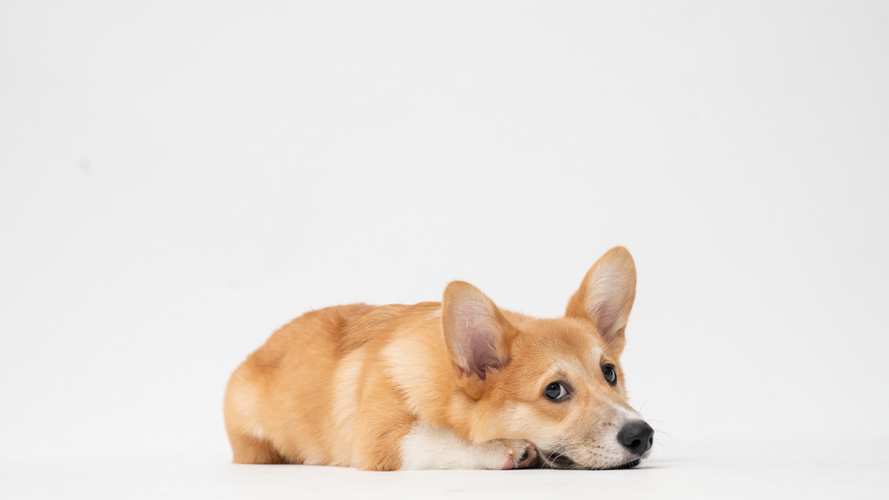Coping with Canine Separation Anxiety
5th Mar 2024
Coping with Canine Separation Anxiety: Causes, Signs, and Solutions
Is your furry friend exhibiting signs of distress when you prepare to leave for the day? From clothing destruction to yard digging and wild greetings upon your return, these behaviours may indicate separation anxiety in dogs. Separation anxiety is a significant issue affecting dogs of all sizes and breeds, with one in four dogs experiencing it at some point in their lives.
Understanding Separation Anxiety: Separation anxiety refers to a pet's inability to remain relaxed and calm when left alone. Dogs with this condition often display undesirable behaviours associated with anxiety and stress, particularly just before their owners depart or during their absence.
Signs of Separation Anxiety: Recognising signs of anxiety before departure, triggered by observing certain "getting ready" behaviours, includes closely following the owner, vocalising, drooling, or even displaying aggression. These behaviours can intensify when the owner leaves, occasionally resulting in self-inflicted injuries.
Other signs of separation anxiety include inappropriate toileting, excessive vocalising, destructive behaviour, loss of appetite, pacing, irritability, and attempts to escape the property. It's crucial to note that these behaviours typically occur only when the owner is preparing to leave or has left the house.
Causes of Separation Anxiety: Separation anxiety can arise from various factors, such as a change of ownership, alterations in household routines, moving to a new house, loss of a family member, or being left alone for the first time. While it is common among adult shelter or rescue dogs, it can also affect young dogs who struggle with being apart from their owners, especially those with existing anxiety disorders.
Treatment Options for Separation Anxiety: The severity of separation anxiety determines the appropriate treatment for each dog. Mild cases may benefit from dog anxiety supplements, while moderate to severe cases may require prescription medication and behavioural training. Here are recommended treatment options:
- Consult Your Veterinarian: Start with a visit to a veterinarian or veterinary behaviourist to assess the dog's individual needs and anxiety level. It's crucial to rule out any underlying medical issues influencing behaviour. Severe cases may involve prescription medication alongside long-term management strategies.
- Implement Behavioural Training: Effective training aims to desensitise dogs to the departure and return of their owners. Hiring a professional behavioural trainer can provide tailored strategies to address specific behavioural issues.
Training Tips:
- Avoid making a fuss when leaving or returning.
- Neutralise negative associations with morning rituals.
- Gradually increase alone time, providing distractions like treats or toys.
- Use Calming Dog Products: Various products can help alleviate anxiety in dogs, including calming diets, natural anxiety supplements, pheromone-based products like Adaptil, Zylkene, calming treats, and calming clothing like ThunderShirt.
- Keep Dogs Distracted: Providing engaging toys, long-lasting treats, and regular exercise can help keep dogs occupied and reduce destructive behaviours.
Conclusion: Coping with separation anxiety in dogs requires a multi-faceted approach. Understanding the causes, recognising signs, and implementing appropriate treatment options can contribute to a happier, calmer canine companion in your absence.

